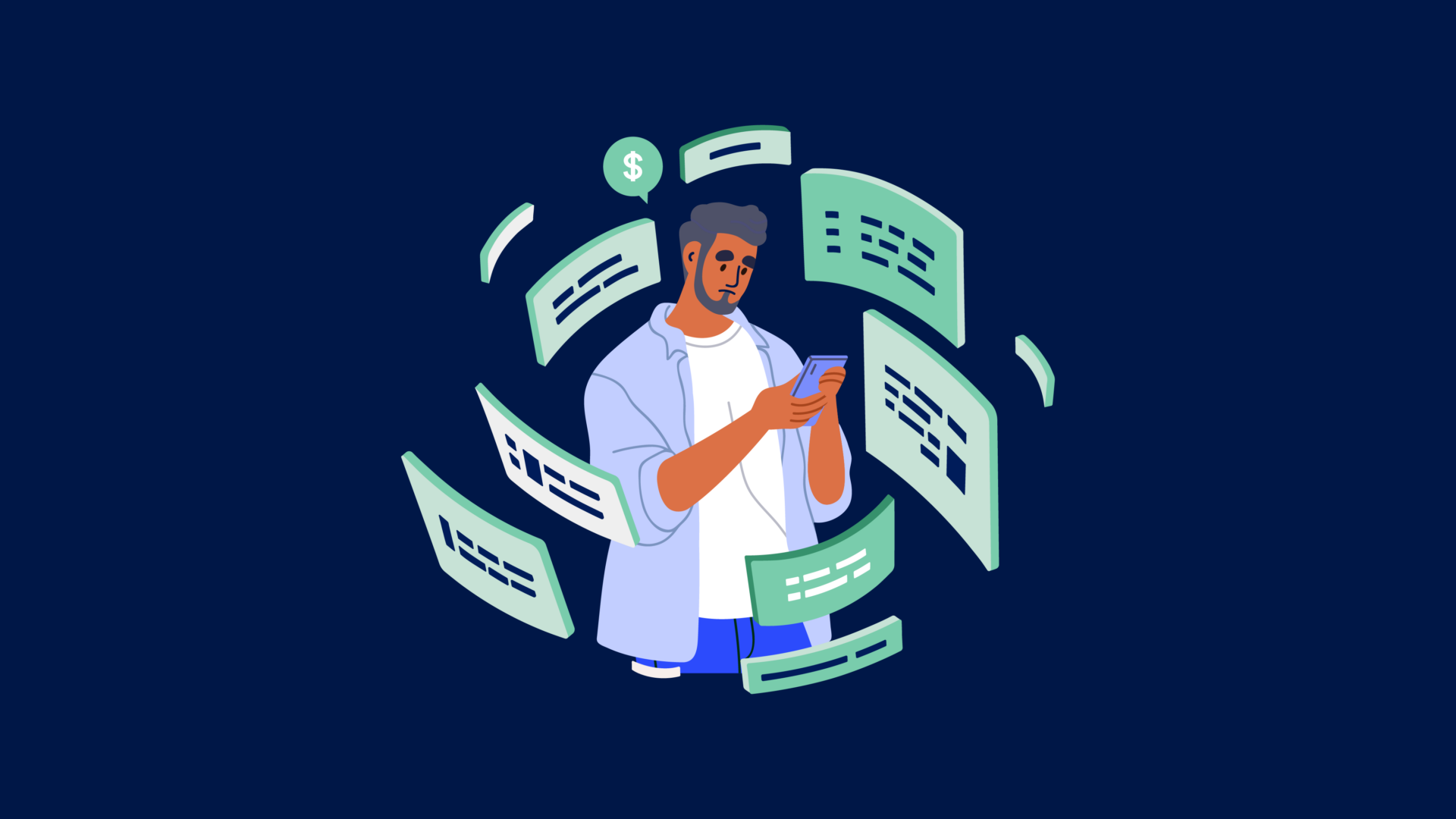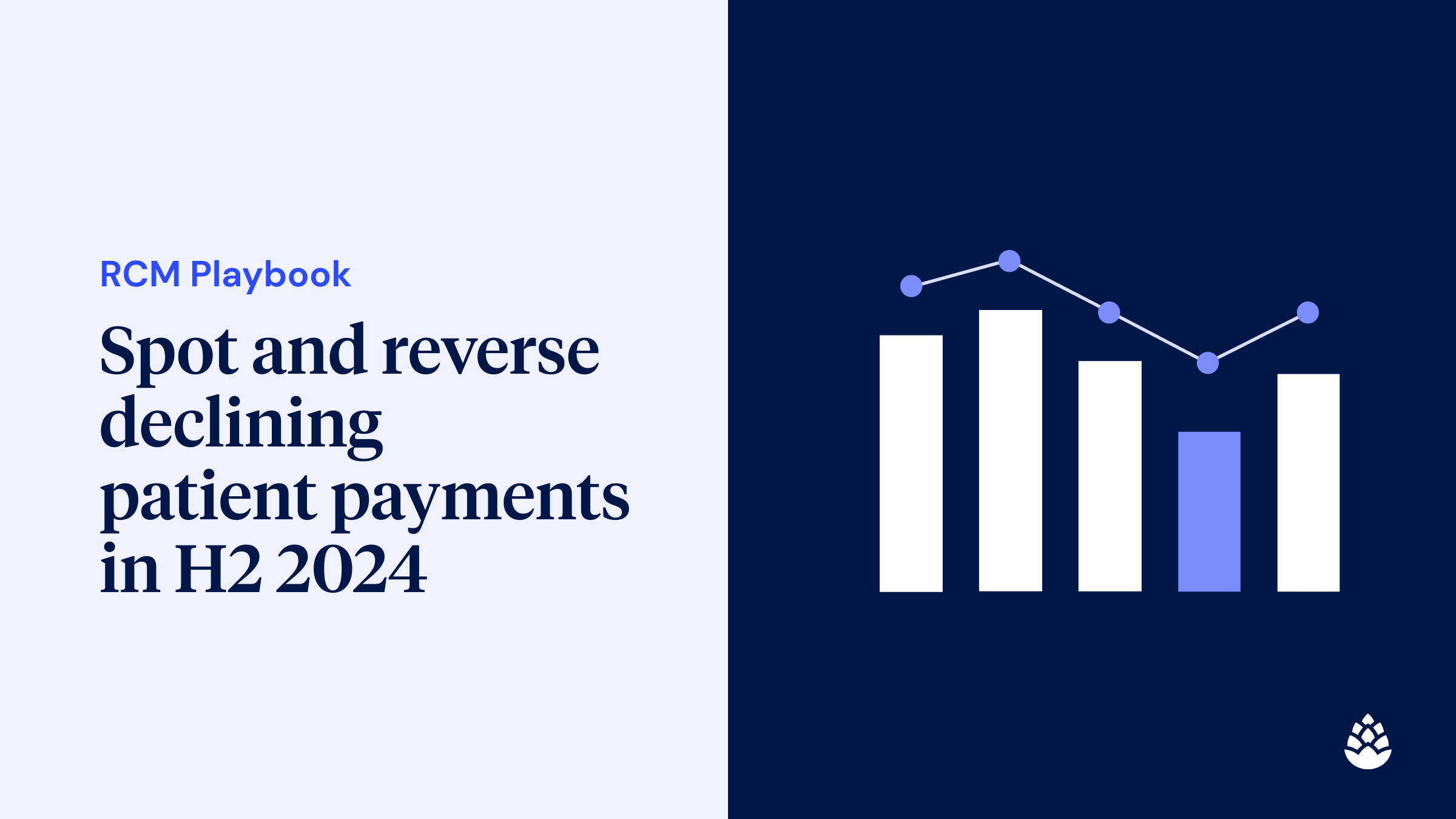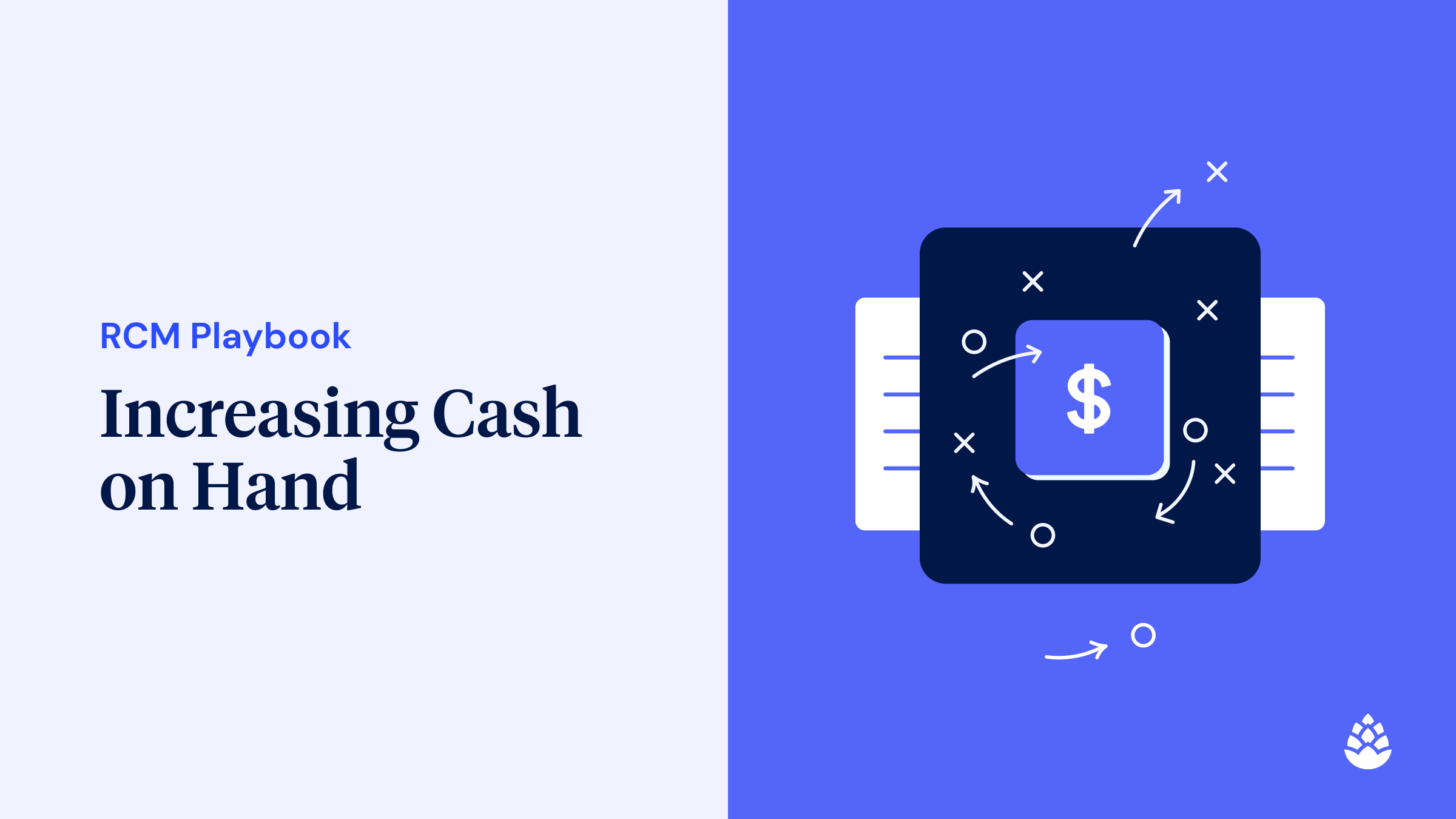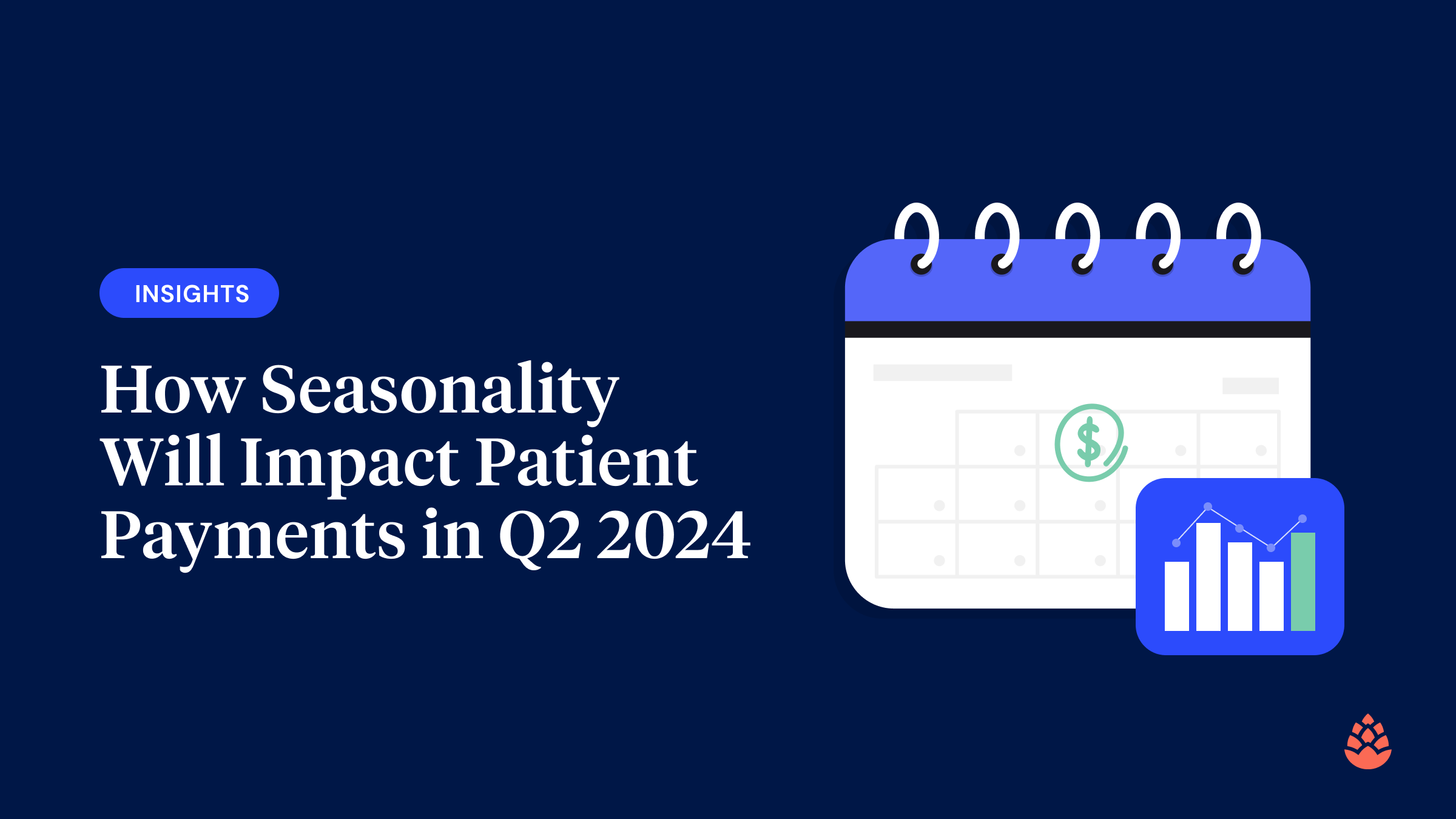In the 1970s, Tootsie Roll posed one of the biggest consumer questions of the 20th century: How many licks does it take to get to the center of a Tootsie Pop? According to the wise owl in the commercial, three would do the trick. Turns out the real answer is a lot more.
We at Cedar believe one of the key consumer questions of the 21st century should be: How many clicks should it take to pay a medical bill? In this case, the wise owl may have been onto something.
According to internal research from 2021, 48% of Texas patients at Cedar client health systems paid bills with sub-$100 balances in just three clicks. This aligns with a recent Salesforce finding that 52% of global consumers expect to be able to find what they need from a company in three clicks or less, though only 40% of consumers can usually do so.
Over time, the need for a seamless digital payment experience has steadily increased. It’s why Amazon sought to patent 1-Click purchasing in the ‘90s and why Apple licensed it in the 2000s, incorporating frictionless checkout into iTunes, the App Store and more.
The simple answer is that in our digital age, consumers value, expect and increasingly demand simplicity.
Rising to demand
The question of rising to consumer demand is no longer optional. In fact, it’s table stakes for all modern B2C companies (healthcare providers included), let alone market leaders. The price for not measuring up gets higher every day.
According to a Sitecore study, 70% of consumers will navigate away from a site and choose an alternative if they can’t find what they need in just a few clicks. While navigating to a different site to buy a product is certainly easier than switching medical providers, more than a quarter of consumers switched or stopped going to a healthcare provider because of a poor digital experience in 2020 (a 40% increase from 2019).
So what are healthcare leaders to do?
First, it’s important to understand that simplicity means different things to different types of patients. Healthcare leaders can use AI to personalize websites, which helps consumers take action that benefits themselves and providers alike (i.e. resolve their bill up front or setting up a personalized payment plan). Existing studies back this up: The vast majority of consumers of all age groups want personalized digital experiences, and businesses that leverage them see positive business outcomes rise markedly.
This kind of easy digital experience appeals to individuals from all age groups. In this data set, we gathered positive feedback from thousands of patients—with varying levels of technical literacy—who used Cedar:
- “LOVE that Apple Pay was included – Seriously super easy!!” – 28-year-old
- “Super easy, I didn’t have to dig around for a bunch of info. Much easier than any other bill I have had to pay in recent memory.” – 46-year-old
- “It was quick and easy, even for a technically challenged old guy like me.” – 75-year-old
Digital simplicity helps everyone win
Ultimately, the approach to digital healthcare billing can be summed up in the KISS acronym: Keep it simple, stupid. Unnecessary friction is just a barrier to bill resolution and patient satisfaction, consequently eroding healthy collections and provider loyalty.
It’s worth noting that an overwhelming majority of healthcare consumers want to pay their bills—as long as they understand the costs. According to McKinsey’s Revisiting Healthcare Payments report, 74% of Americans said they are willing and able to pay for medical expenses under $1000. With an improved patient experience, everyone can benefit.
While most native EHR capabilities are still unequipped to meet rising consumer demands, there’s still massive opportunity to raise the bar. For healthcare leaders exploring new digital tactics, this is a good reminder that small adjustments can have a big impact. Sometimes a few clicks is all it takes.



